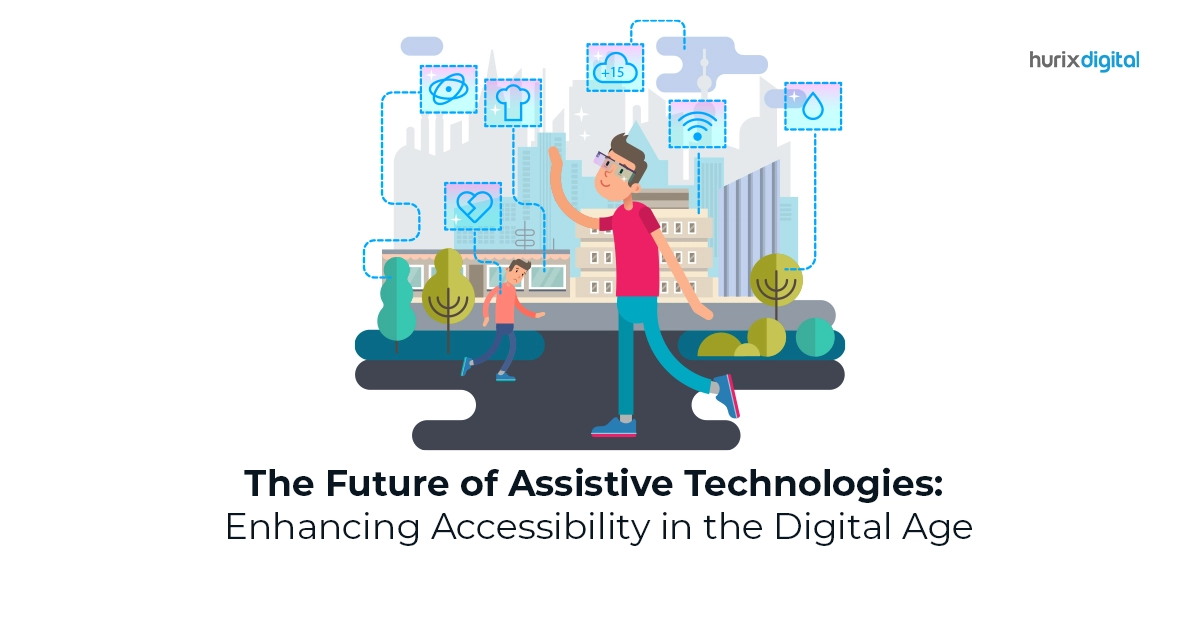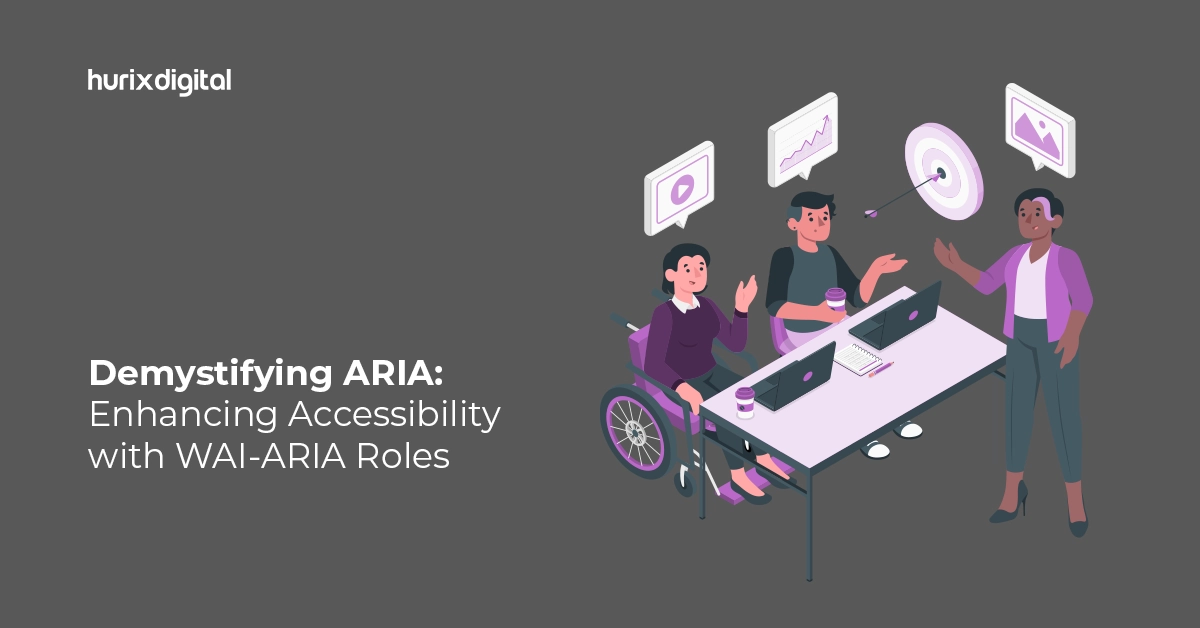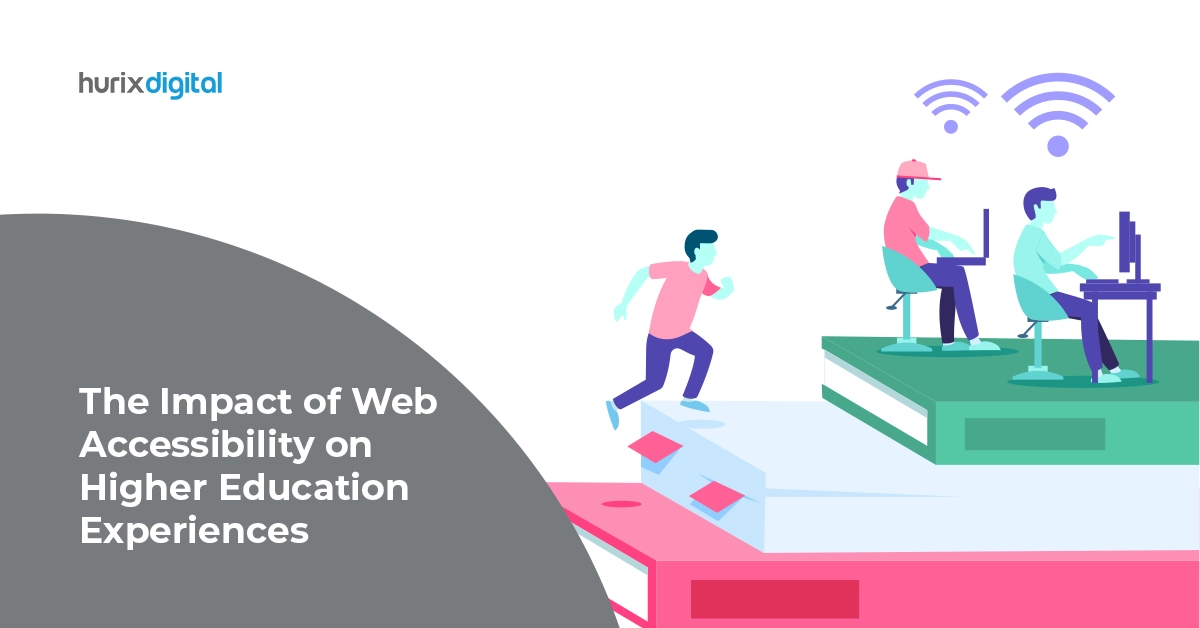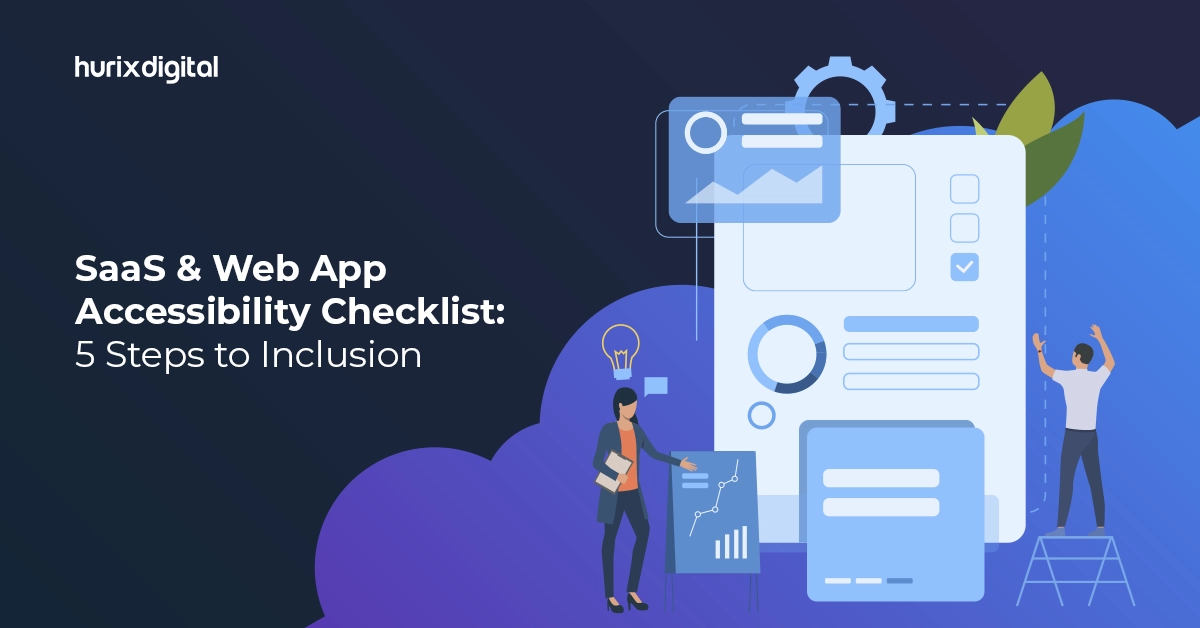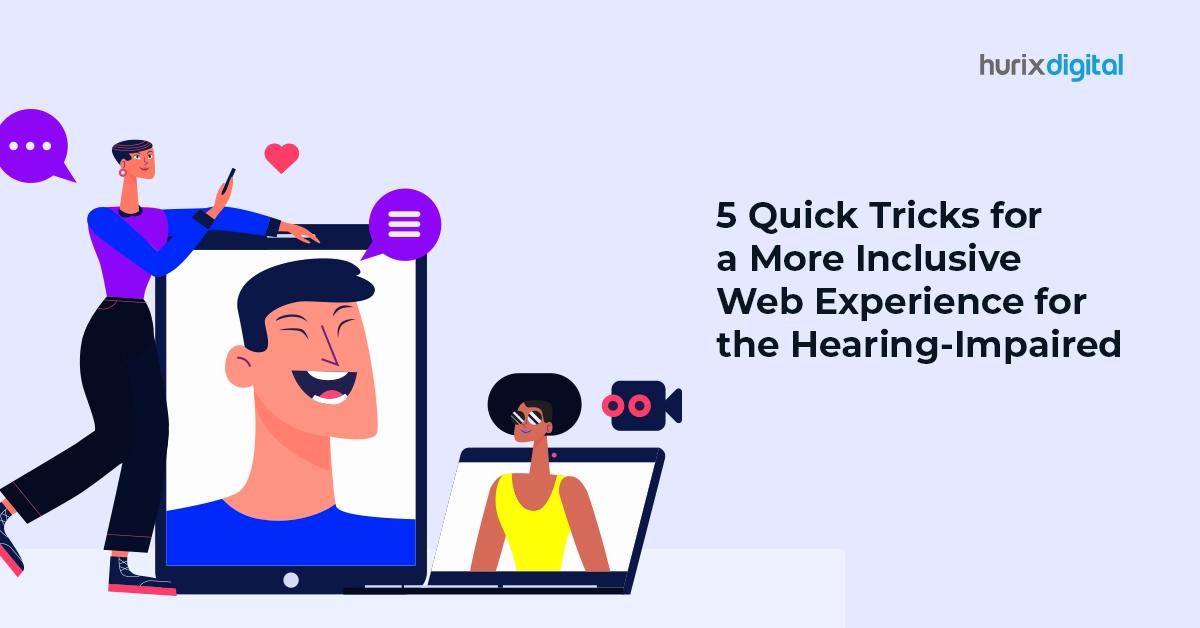Summary
This blog post explores the future of assistive technologies, focusing on inclusive design and the impact of technology on accessibility.
The digital world is continually evolving to come up with transformative technologies that can transform people’s lives and provide people who can do anything with opportunities. One area with significant impact is the development of assistive devices designed to improve web accessibility, promoting inclusivity on a broader scale.
In this blog post, we will get into the future of assistive technologies and their extensive effect on the way we perceive accessibility.
Table of Contents:
- Understanding Assistive Technologies
- Importance of Inclusive Design
- The Impact on User Experience
- Embracing Accessibility Advancements
- Conclusion
Understanding Assistive Technologies
Assistive technologies encompass devices, software, or tools that help individuals with disabilities overcome challenges and perform tasks they might find difficult otherwise. These technologies bridge the gap between disability and accessibility, empowering individuals to navigate the digital world effortlessly.
They range from simple aids like screen readers and magnifiers to more advanced solutions like augmented reality and artificial intelligence-driven systems, providing a wide array of options.
These technologies that assist have an impact benefiting countless individuals. They empower people with disabilities to communicate access information, engage in education and work opportunities, and participate in social and cultural activities. These technologies strive to promote equality, independence, and empowerment and foster a sense of inclusion.
Also Read: Accessibility for Masses – Know How Hurix Digital Comes in
Importance of Inclusive Design
Inclusive design lies at the heart of technology. It focuses on creating products and experiences that are accessible and usable, for people with abilities. The needs of users are taken into account from the start of the design and development process in inclusive design. By embracing design principles technology can be customized to cater to a range of users ensuring equal access and a seamless user experience for all individuals.
Empathy and understanding form the foundation of design. Designers and developers must actively engage with individuals who have disabilities to gain insights, into their challenges and requirements. By involving users throughout every stage of the design process creators of technology can gather feedback that helps shape effective and user-friendly solutions.
Inclusive design begins with empathy and understanding. To gain insights into their unique challenges and requirements, designers and developers must actively engage with individuals with disabilities. By involving users throughout the design process, technology creators can gather valuable feedback that informs the development of more effective and user-friendly solutions.
AR technology takes digital information to the real world, enhancing the user’s perception and interaction with their surroundings. In terms of accessibility, AR can offer real-time visual cues, navigation assistance, and object recognition, benefiting individuals with visual impairments or mobility challenges. For instance, AR glasses can provide audio descriptions of surroundings to assist individuals with visual impairments in navigating unfamiliar places.
1. Virtual Reality (VR)
VR immerses users in a simulated environment, presenting endless possibilities for accessibility. VR can create inclusive experiences by enabling individuals to virtually explore otherwise inaccessible locations, practice real-life scenarios, or engage in immersive learning environments tailored to their needs. VR therapy apps have been giving people with anxiety a new sense of hope. When it comes to stress disorders, one of the most promising alternatives has been through this new method. Being able to immerse in virtual reality has helped people tackle their phobias and anything else that may be bothering them.
2. Artificial Intelligence (AI)
It’s now possible for machines to do a lot of the same things that humans can. Assistive technologies are being transformed by AI, making tasks easier and more efficient by the day. AI-powered systems enhance accessibility through voice recognition, natural language processing, and predictive algorithms that adapt to users’ needs. It makes technology more intuitive and personalized for individuals. For example, AI-driven virtual assistants can offer voice-controlled support designed specifically for individuals with motor impairments.
Wearable devices, such as smartwatches or hearing aids, have advanced in their capabilities to provide assistance and enhance accessibility. They offer immediate feedback, monitor vital signs, or deliver personalized alerts and notifications. Furthermore, these technologies can support individuals with autism by providing real-time social cues and tailored prompts.
3. Brain-Computer Interfaces (BCIs)
BCIs establish a direct communication pathway between the brain and external devices. These interfaces hold immense potential for individuals with severe physical disabilities, such as those with locked-in syndrome. BCIs empower users to control assistive technologies, including prosthetic limbs or communication devices, using their thoughts.
The Impact on User Experience
The integration of assistive technologies into the digital landscape significantly improves user experiences. By removing barriers and providing tailored support, these technologies empower individuals with disabilities to fully engage and participate in various online activities. From seamless navigation to personalized content delivery, assistive technologies enhance usability, productivity, and overall satisfaction for users of all abilities.
Furthermore, the positive impact of assistive technologies extends beyond the individuals using them. Inclusively designed products benefit all users, leading to more user-friendly interfaces and streamlined experiences. The principles of inclusive design can inspire innovation and creativity, spurring the development of solutions that address diverse needs and preferences.
Embracing Accessibility Advancements
As the future unfolds, the potential for assistive technologies to transform accessibility is immense. However, for these advancements to have a meaningful impact, collaboration between technology developers, designers, and disability communities is crucial. We’re essentially entering a new era where we have all the tools to make a world that is accessible and inclusive for everyone. By using inclusivity design principles, conducting research with users, and actively seeking feedback we can achieve this.
In addition, it’s important to make digital accessibility a core value in corporate and organizational strategies. Businesses can drive positive change and lead the way for others by doing this. This involves encouraging the development and adoption of assistive technologies.
Also Read: How to Use AI-Powered Alt Text to Make Your Content More Accessible and Inclusive
Conclusion
In our modern day, we will need to use assistive technologies to improve accessibility. Technologies like AR, VR, AI for the second time, BCI, and others are just available nowadays giving us so much power.
As we start moving forward into this new realm we mustn’t leave anyone behind or push anyone away. The goal is to empower individuals with disabilities and develop their lives further which will ultimately create a better future for everyone
To learn more and enhance your digital products, get in touch with Hurix Digital.


